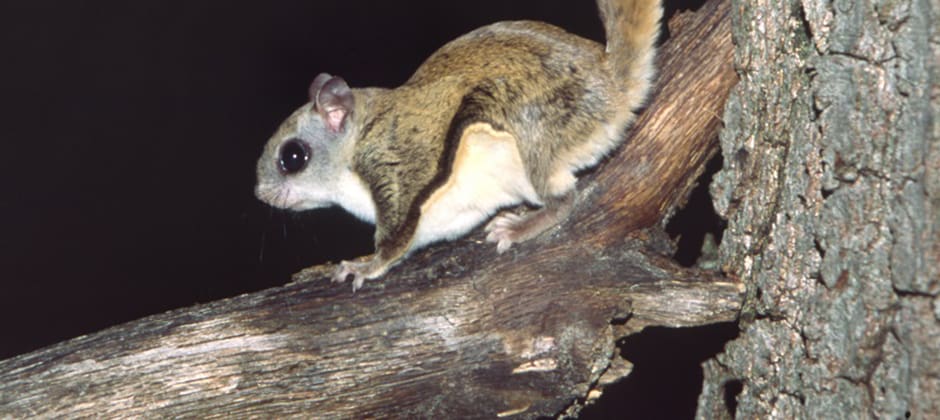Share this article
Do shifting ranges under climate change mean more species invasions?
Biologists and conservationists often advocate for the use of corridors and connectivity to increase species dispersal and biodiversity. But can those corridors also bring opportunities for invasions of nonnative species, especially as they seek to escape warming climates? In a perspective paper recently published in Nature Climate Change, researchers argue that understanding and reconciling these two factors will help benefit management and conservation.
“This is us saying let’s be thoughtful about this, let’s have a dialogue,” said co-lead author Toni Lyn Morelli, of the University of Massachusetts Amherst’s Climate Adaptation Science Center. “We’re going against two decades of established wisdom and we expect some pushback, but really any discussion will be helpful. We’re not saying that no species should move around. In fact, most species will have to move to avoid extinctions from climate change. But let’s look at what that means.”
The researchers say this may mean that species shifting to higher elevations in response to a warming climate may not always be beneficial to biodiversity. Morelli and her colleagues make a few suggestions, such as using tools to predict potential impacts of invasions and considering ecological costs and benefits to communities and their ecosystem processes as species move.
“Our point of view is that more information is better,” said co-first author Piper Wallingford, of the University of California Irvin. “We can weigh the risks for both range-shifting species and the communities they’re moving to and then use those assessments to develop a strategy. In some cases, we may want to limit the extent of a range shift, but other range shifts may need to be helped along — with endangered species, for example.”
Header Image: The northern flying squirrel (Glaucomys sabrinus) native to Massachusetts has disappeared from the state. But its larger competitor, the southern flying squirrel (Glaucomys volans), has moved north with climate change. ©Massachusetts Department of Fish and Wildlife/Bill Byrne








